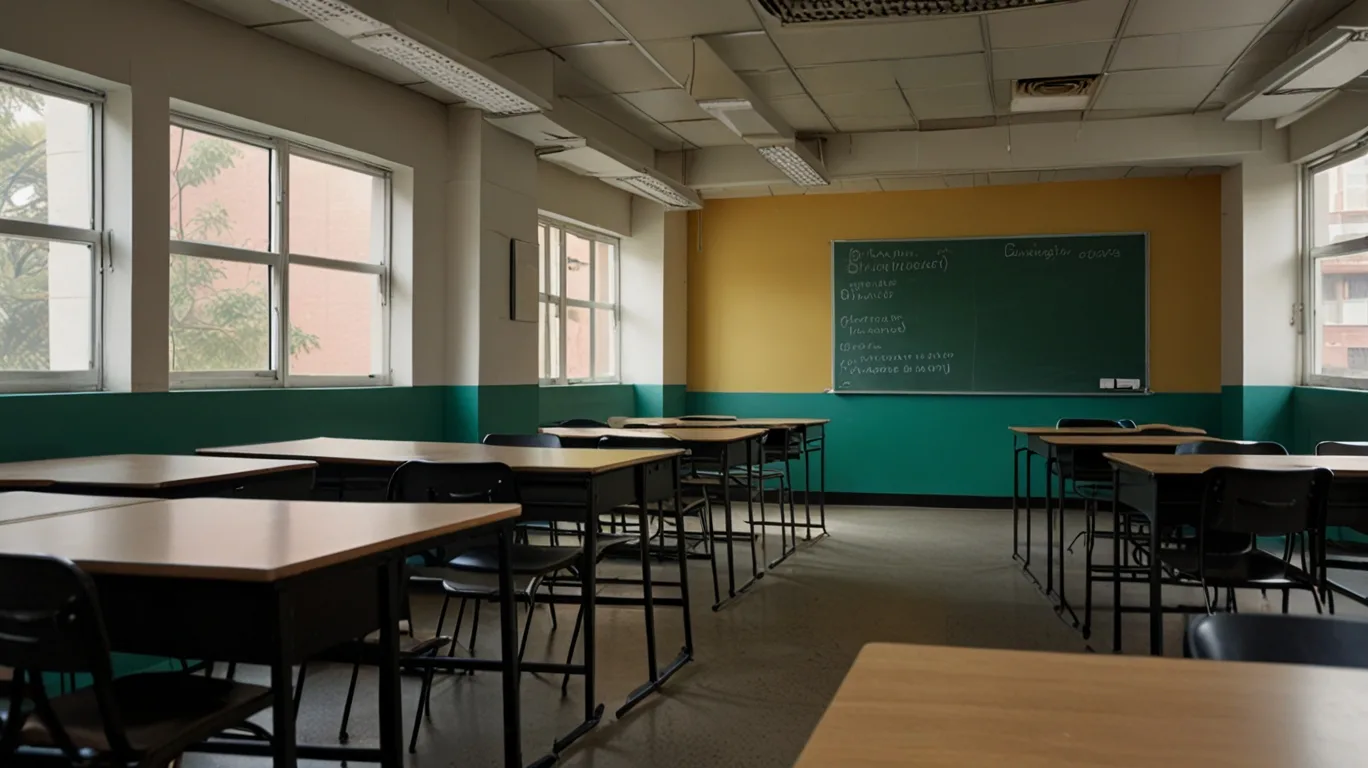
The battle between real education and exam coaching intensifies in Maharashtra, puneripages.in
By Prashant for PuneriPages.in
You know that feeling when something feels off for years, but nobody says anything out loud? That’s what the whole “integrated junior college” thing in Maharashtra has been like. Everyone knew it was a workaround. A hack. A shortcut. And now, the government has decided to hit pause on this secret-yet-public arrangement.
So let’s break it down. What even is an “integrated” junior college, why did it blow up in the first place, and what does this crackdown actually mean for students, parents, and the coaching class empire?
Table of Contents
So, what exactly are these “Integrated Colleges”?
If you’re in Maharashtra or know a teenager here, you’ve probably heard of this: a student takes admission in a junior college for 11th and 12th, but never really goes there. Instead, their entire day is spent at a private coaching institute – prepping non-stop for NEET, JEE, CET, or whatever competitive exam they’re targeting.
The college just handles the paperwork – attendance, lab work (on paper), exam registration. It’s like going to Hogwarts, but only for the Ministry paperwork. Everything else happens off-campus.
Why Did This Model Even Become a Thing?
Honestly? Because it felt efficient. If you’re aiming for NEET or JEE, board exams are just something you have to “get through.” And this system promised to handle the boring stuff so you could go all-in on your coaching.
Parents loved it because it meant less travel, fewer distractions, and what felt like the best odds at success.
Coaching classes thrived because they got a captive audience all day long.
Students just went with the flow because… what choice did they really have?
But Then It All Got Out of Hand
Let’s be real — the original idea had some logic to it. But then came the flood of “dummy colleges,” places that barely existed. No teachers, no labs, no real lectures — just paperwork mills helping students stay enrolled while spending every waking hour in coaching classes.
This wasn’t just about optimizing learning. It became a factory system. And with it came serious issues:
- Mental Health: Two years in a pressure-cooker environment, cut off from the world? That’s not healthy.
- No Real Learning: It told students: “Your actual education doesn’t matter, only cracking MCQs does.”
- Widening Gaps: Students with access to these programs had a clear edge. Everyone else was left in the dust.
What’s Changing Now?
The Maharashtra government has finally stepped in. Their message? Enough is enough.
Here’s what they’re planning:
- Biometric Attendance: No more ghost students. If you’re in college, you’ll need to actually be in college.
- Crackdown on Tie-Ups: Colleges doing shady deals with coaching classes? They could lose their affiliation.
- Accountability for Colleges: You can’t just exist on paper anymore. Teach. Provide labs. Be a real college.
What This Means For You (or Your Kid)
If you’re a student starting 11th now, things are going to look different:
- You’ll have to actually attend junior college. And that means finding one that offers good teaching too.
- Coaching classes will still exist, but they’ll need to shift to after-college hours again. That means longer days and a real balancing act.
For parents, the question isn’t “which tie-up is best” anymore. It’s: “Which college gives my child the flexibility and quality they need?”
And for coaching institutes? Well, they’re going to have to get creative. Their empire just got a reality check.
Is This a Good Thing?
I think so. Yeah, change is hard. And the transition won’t be pretty. But we were heading into dangerous territory with how obsessed we’d become with coaching culture.
School life isn’t just about cracking one entrance exam. It’s about learning, growing, figuring out who you are, and yes, even having fun (remember that?).
This crackdown is a reminder that education isn’t just about outcomes. It’s also about experience.
Final Thought
Whether you’re a student, a worried parent, or someone just watching this unfold, the message is clear: the game is changing.
And maybe—just maybe—that’s a good thing.
Let’s give our students back their classrooms, their friendships, and their chance at a more balanced life.






